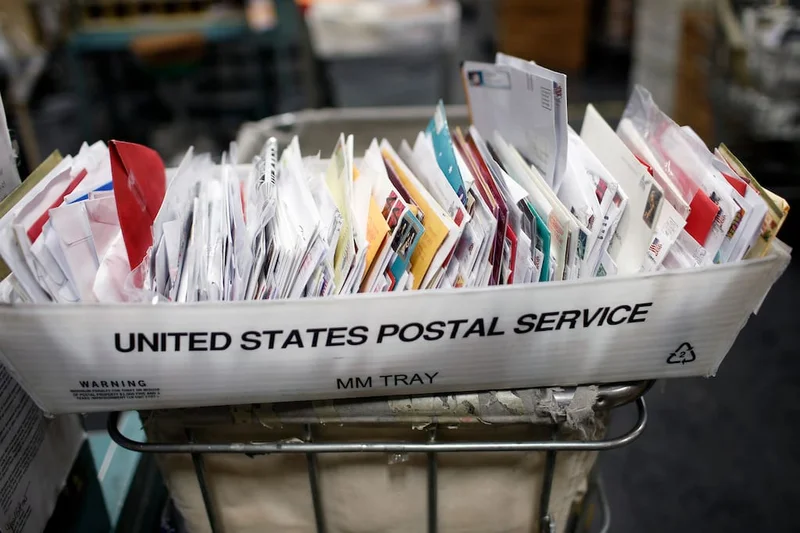Okay, folks, buckle up, because something genuinely fascinating is happening with the good ol' United States Postal Service. Yes, that USPS—the one we all love to hate when our packages are late. But before you roll your eyes, hear me out. They just announced another year of massive losses—a whopping $9 billion, to be exact. Headlines are screaming about deficits and the impending doom of snail mail, but I see something else entirely: a phoenix getting ready to rise from the ashes.
See, everyone focuses on the shrinking mail volumes, down to levels not seen since 1967. That's the problem, right? Wrong! That's just one side of the story. What’s truly interesting is how the USPS is quietly, strategically, positioning itself to dominate a completely different game: mega-logistics. They're not just delivering letters anymore; they're building a national shipping network that could rival, and maybe even surpass, the private giants. It’s like watching a bookstore chain transform itself into Amazon before our very eyes!
The Ground Advantage: More Than Just a Name Change
The key here is their USPS Ground Advantage service. It's not just a re-branding exercise; it's a fundamental shift in their business model. While First-Class Mail revenue did increase slightly, it was on the back of plummeting volume. Ground Advantage, on the other hand, is showing genuine growth. They're leaning hard into package delivery, and it's starting to pay off.
And get this: they're doing it while simultaneously trying to fix their financial woes. Postmaster General David Steiner gets it. He's talking about "new revenue opportunities" and "public policy changes." It's not just about cutting costs; it's about fundamentally rethinking what the USPS is. They're pushing for changes to retiree pension funding, exploring new investment strategies, and even streamlining workers' compensation. Now, I know what you're thinking: bureaucracy! Red tape! But hold on. These are necessary steps to free them from the shackles of the past. According to recent reports, the USPS financial loss: Postal Service flags $9 bn deficit; agency pushes price hikes and policy fixes, which highlights the agency's push for price hikes and policy adjustments to address these financial challenges.
Former Postmaster General Louis DeJoy, while controversial, halved projected 10-year losses. That's not nothing. It shows that even within a massive, entrenched institution, change is possible. The proposed price increases across various shipping products (Priority Mail, Ground Advantage, etc.)? Smart move. They're playing the long game, investing in infrastructure, and preparing for a future where package delivery is king.

The question is, can they pull it off? Can they overcome the inertia of decades of tradition and truly transform themselves into a 21st-century logistics powerhouse? The challenges are immense, no doubt. But the potential reward—a financially sustainable, universally accessible postal service that serves the needs of a rapidly changing world—is even greater.
What if the Post Office Didn't Suck?
Okay, I know, that title is a bit cheeky. But it highlights a real frustration that so many people feel. We rely on the USPS, but we're often disappointed. What if that wasn't the case? What if the USPS was not just reliable but cutting-edge? What if they leveraged their vast network of post offices, their army of carriers, and their unique understanding of the American landscape to offer services that no one else can?
Imagine drone delivery to rural communities, seamless integration with e-commerce platforms, and a commitment to sustainable practices that puts private companies to shame. It's not just about delivering packages; it's about connecting communities, fostering economic growth, and ensuring that everyone, regardless of location or income, has access to the services they need.
This is the kind of breakthrough that reminds me why I got into this field in the first place.
So, What's the Real Story?
The USPS isn't dying; it's evolving. It's shedding its old skin and preparing to take on a new role in the digital age. The road ahead won't be easy, but the potential is there. It's time we stopped viewing the USPS as a relic of the past and started seeing it as a vital piece of our future infrastructure.
